Plan Your Winter Cattle Feeding Program and Save Money
Develop a cost-effective winter feeding program to meet a cow’s protein and energy requirements while saving money.
How would you like to save $15 per cow on your winter feeding bill? What if I said you could easily do it by making one timely change to what you are feeding your cows grazing on native grass pasture? Many people only buy one feed type during the winter. This mindset may be costing a 50-head cow herd the equivalent of the value of a $750 calf.
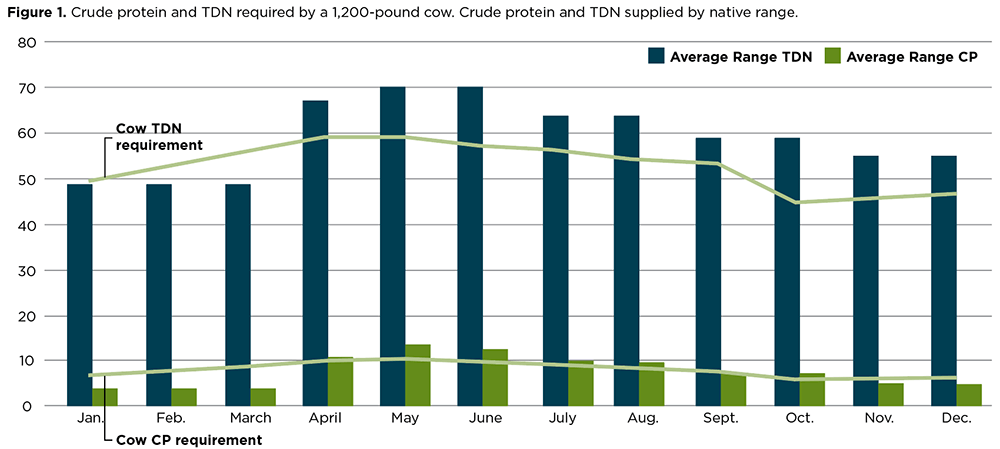
Remember to consult with a beef cattle nutritionist prior to starting any feeding program.
If you do a good job managing your native pastures and you are properly stocked, then the pasture should come close to meeting the cow’s requirements most of the year without feeding supplemental hay (Figure 1). The feeding scenario developed below will only be valid if the cows have ample, good quality pasture ahead of them and are never limited.
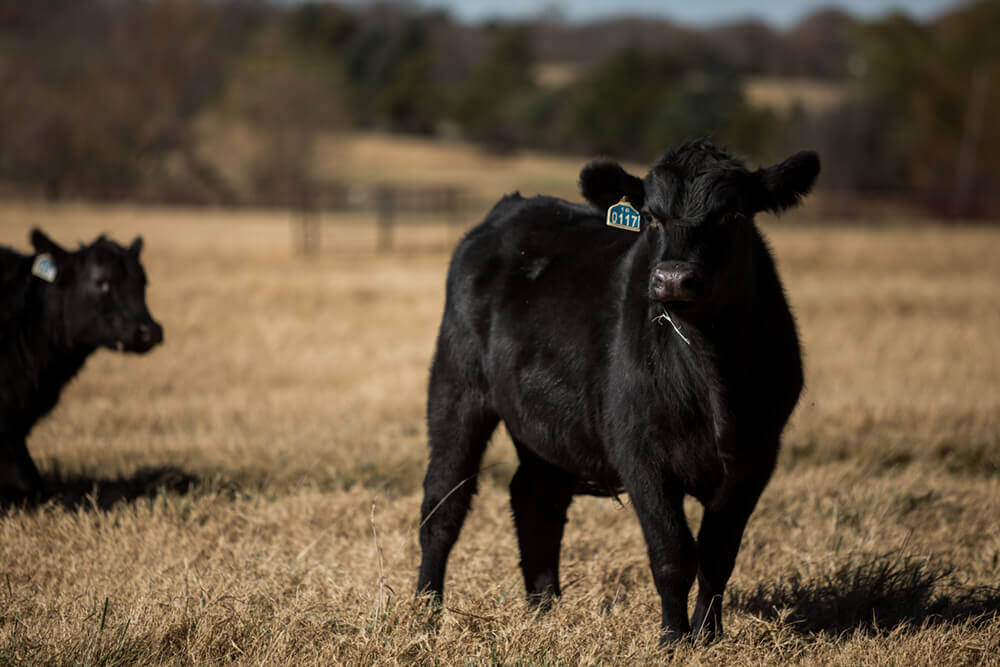
With these assumptions, you can then develop a cost-effective winter feeding program. In this example, I will only compare the cost of feeding two common feed types: 20% or 38% crude protein range cubes. Figure 1 illustrates that good quality native grass pastures will meet a spring-calving (March 15- May 15 calving season) cow’s requirement for protein until November and energy until January.
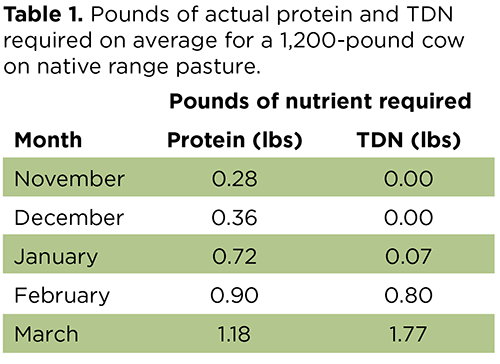
Table 1 lists the amount of actual protein and energy, or TDN, required by the spring-calving cow. In November and December, the cow only needs additional protein in her diet; so she should be fed a high-protein supplement. In January and February, the cow now needs additional energy in her diet; but she still needs more protein, so you should keep her on a high-protein supplement. During her last month of gestation in March, the cow’s energy requirements exceed her protein requirements. This is when it will pay to switch the type of supplemental feed to a lower protein/higher energy feed.
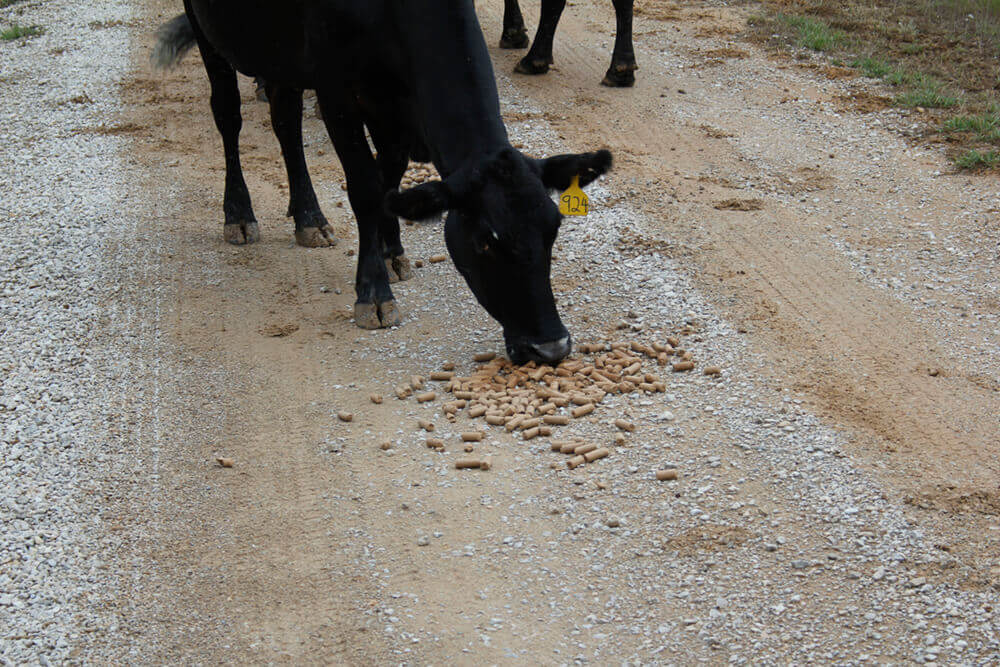
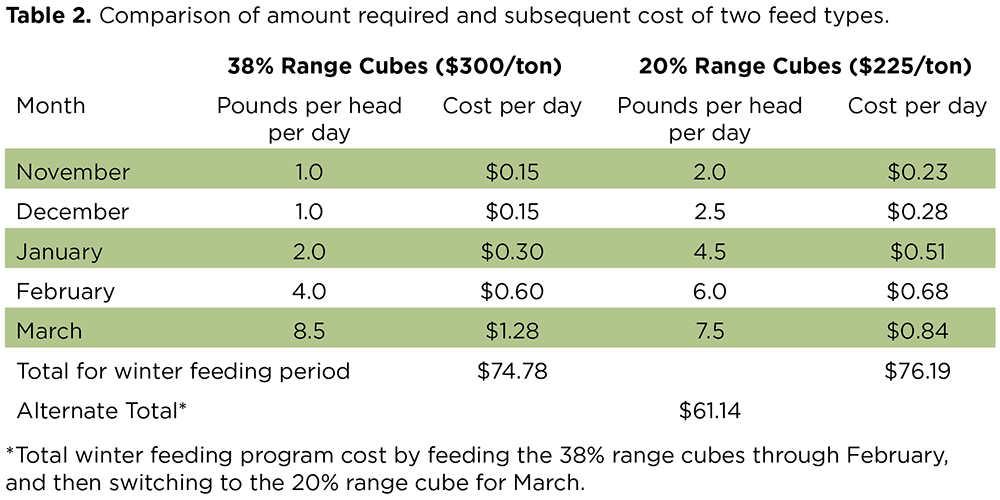
Table 2 demonstrates the amount of feed and associated cost of feeding a cow the two types of range cubes on a monthly basis along with the yearly total. The cost of feeding the high-protein feed in March is more than 50% that of feeding the lower protein/higher energy feed. The last line of the table lists a winter feed cost of $61.14 if a switch in feed types occurs in the last month of the cow’s gestation. The difference in feed cost savings is between $13.64 and $15.05, depending on if you were to only feed the 38% or 20% range cube all year long.
This is just an example of what can be done with a planned winter feeding program. Additional money could possibly be saved by looking at other feed sources such as alfalfa hay and commodity byproducts. Remember to consult with a beef cattle nutritionist prior to starting any feeding program to avoid any potential feeding problems.
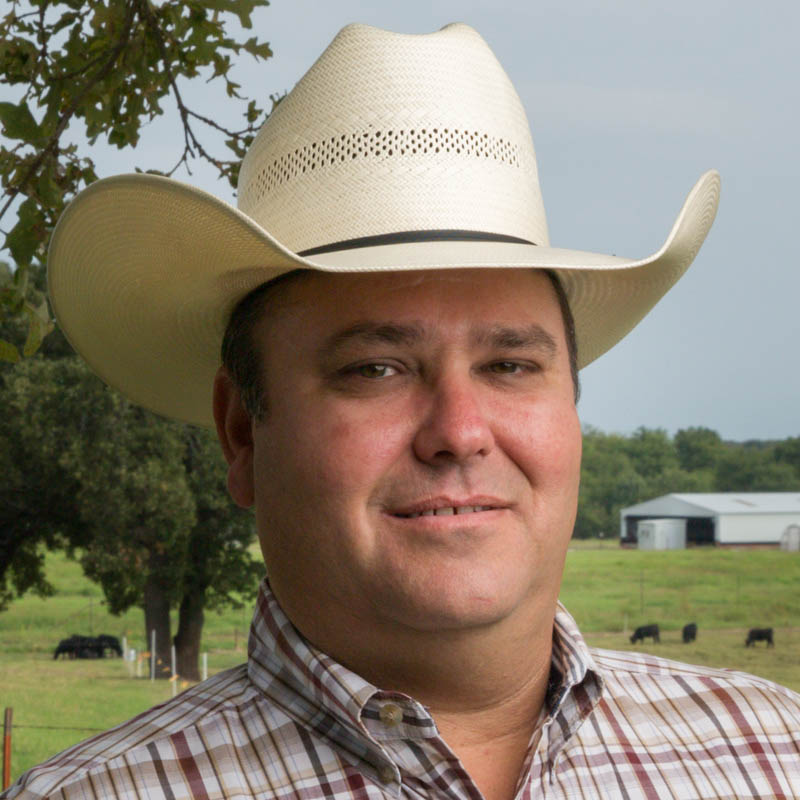
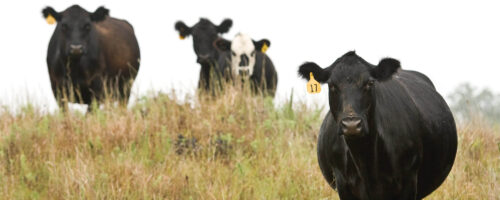
Comment